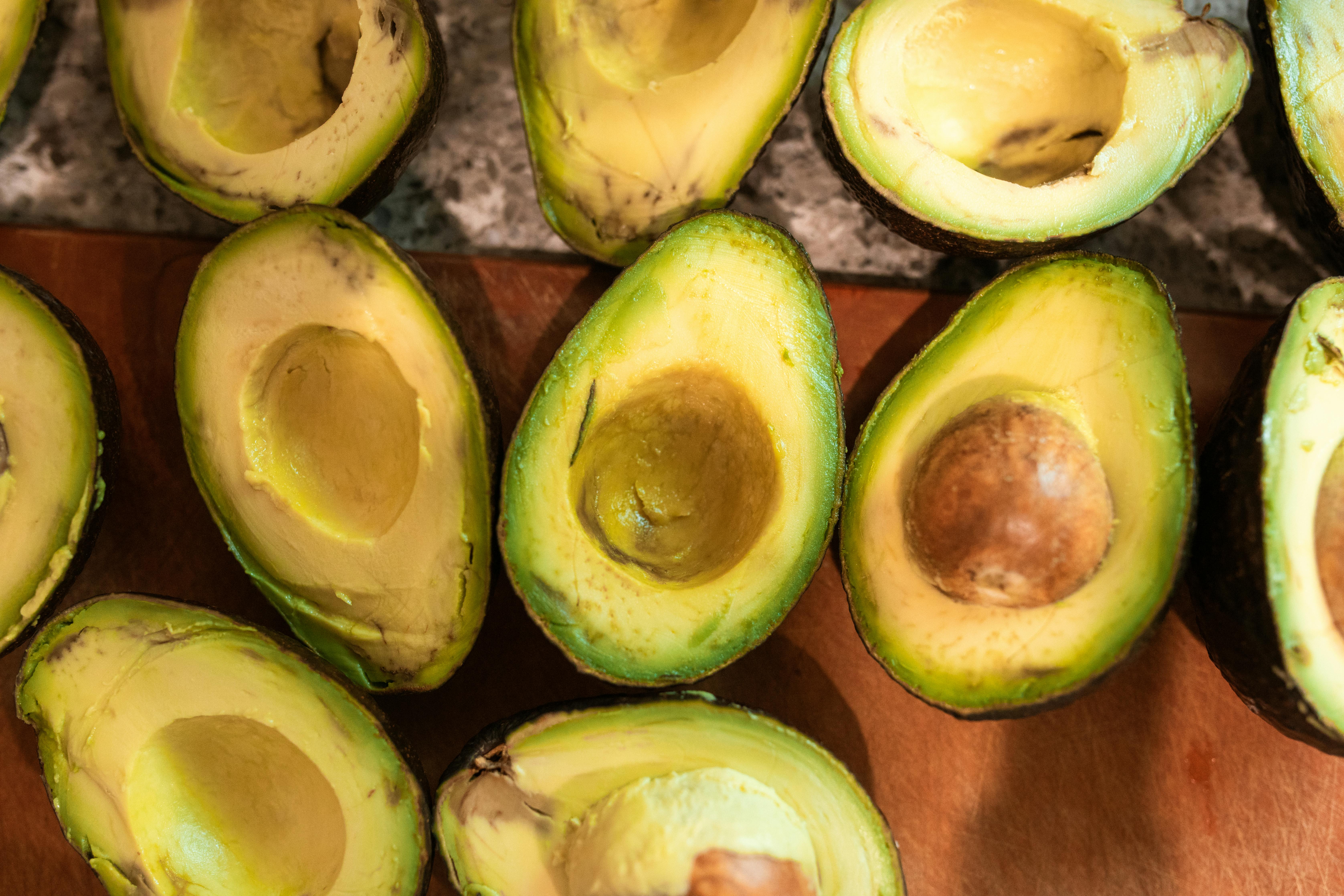Let’s start by looking at what hyaluronic acid really is.
Hyaluronic acid (HA) is a naturally occurring biopolymer that performs important biological functions in bacteria and higher animals, including humans. Naturally occurring hyaluronic acid can be found in the tissue of higher animals, particularly as a filler of the intercellular space. HA is found in higher concentrations in the vitreous humor of the eye and in the synovial fluid of joint joints, but it is also found in the skin, connective tissue, and other parts of the body.
Hyaluronic acid was made “famous” by an ABC News report in which Connie Chung visited a Japanese town called Yuzurihara. It found that people lived longer, appeared younger, and were more flexible and active than their Western counterparts. These Japanese villagers, in their 80s and 90s, have smooth, wrinkle-free skin, full hair, and apparently no need for glasses.
So what is it that enables these Japanese to be much younger, to lead an active and productive life at an advanced age, where, as in Western countries, the majority of people aged 80 and over are in nursing homes? ?
The conclusion reached in the ABC report was that these people ate ‘sticky vegetables’ and that this factor was the secret of their apparent youth. Additionally, estrogen-like molecules in your diet, the fermented forms of soybean paste, miso and tofu, appear to play a role. These molecules, along with natural estrogen, signal fibroblast cells to produce more hyaluronic acid. But is this the complete answer? – I don’t think so, but I’ll get to this a little later.
Next, let’s see what hyaluronic acid does.
According to scientific research from a variety of universities and researchers, hyaluronic acid is used in the human body to cushion and lubricate the joints, eyes, skin, and heart valves (see http://www.ctds.info/hyaluronic_acid .html for an in-depth look at all the different diseases, syndromes, and conditions). Some treatments that involve the use of hyaluronic acid include: treatment for osteoarthritis and other joint problems, as well as a variety of eye disorders, retinal detachment, and some cardiovascular disorders.
However, it is the anti-aging effect on the skin that we are focusing on in this article and the effect that hyaluronic acid appears to have on the skin is at the level of promoting collagen formation. These are the fibers that firm the skin. Now hyaluronidase, an enzyme that breaks down collagen fibers, is produced by free radicals and UV radiation.
These factors break down collagen fibers and can lead to premature wrinkling and sagging of the skin. Focusing on hyaluronic acid, it would seem reasonable, therefore, that the reduction of free radicals is an important key to reducing the enzyme hyaluronidase and, secondly, to promoting normal levels of hyaluronic acid in the skin.
Plant substances known as bioflavonoids, contained in foods such as grape seed extract, bilberry, bilberry, citrus bioflavonoids and milk thistle, etc., inhibit the production of hyaluronidase, which helps to achieve the first objective of reducing free radicals. In addition, reducing processed foods in our diet, increasing the level of exercise, and leading a more balanced lifestyle will help promote natural levels of hyaluronic acid in our system, not just in the skin.
When we consider injecting hyaluronic acid into the skin to treat fine lines and wrinkles, we are once again losing sight of the holistic approach to treating our body and are therefore at serious risk of introducing factors that can lead to side effects or other health problems. In addition, we also run the risk of creating an imbalance in the chemical composition of the skin and who knows what possible problems await us as a result.
Some known side effects of hyaluronic acid injection therapy for aging skin include:
- swelling
- infection
- flushing
- sensitivity
- acne
- lumps
- tissue hardening
- unknown risks when used in combination with collagen
These side effects are serious enough to reconsider using hyaluronic acid injection therapy as an anti-aging skin treatment.
Remember also, that people in the Japanese village do not use injection therapy … They live a holistic lifestyle that incorporates unprocessed food and physical activity along with a balanced mindset and lifestyle.
So where can you get a holistic source of hyaluronic acid?
There are a couple of ways. The first is from “starchy tubers” such as those mentioned by the town doctor in the ABC report, which include: Satsumaimo, a type of sweet potato; Satoimo, a sticky white potato; Konyaku, a jelly-like tuber concoction; and Imoji, a potato root.
These vegetables help the cells of the body to thrive and retain moisture. In addition, they keep the joints lubricated, protect the retina of the eye and keep the skin soft and elastic by promoting collagen.
Another source of hyaluronic acid, for non-vegetarians, is eating animal parts that are known to contain a lot of hyaluronic acid. You could make a fish bone broth. That is, once you have removed the fillets, bring the rest of the fish, including the head, to a boil and make a fish broth. Similarly, you can make a meat broth with animal joints, tendons, and tendons, and then add some roots and other vegetables to create a healthy and nutritious soup.
In conclusion, we at Wildcrafted Herbal Products do not believe that adding isolated ingredients in high concentrations to our natural skincare products is a preferred option. Rather, using a holistically natural approach to skin care and thus health care is a much more preferable option.
Skin care is as much about taking care of your skin as it is about taking responsibility and caring for your overall health and well-being. Your skin is not an isolated part of your body and should not be treated as such.
Once again I would like to remind the Japanese villagers: they do not inject hyaluronic acid, they do not use hyaluronic acid in isolation, yet they lead a healthy, active and mostly balanced lifestyle.
